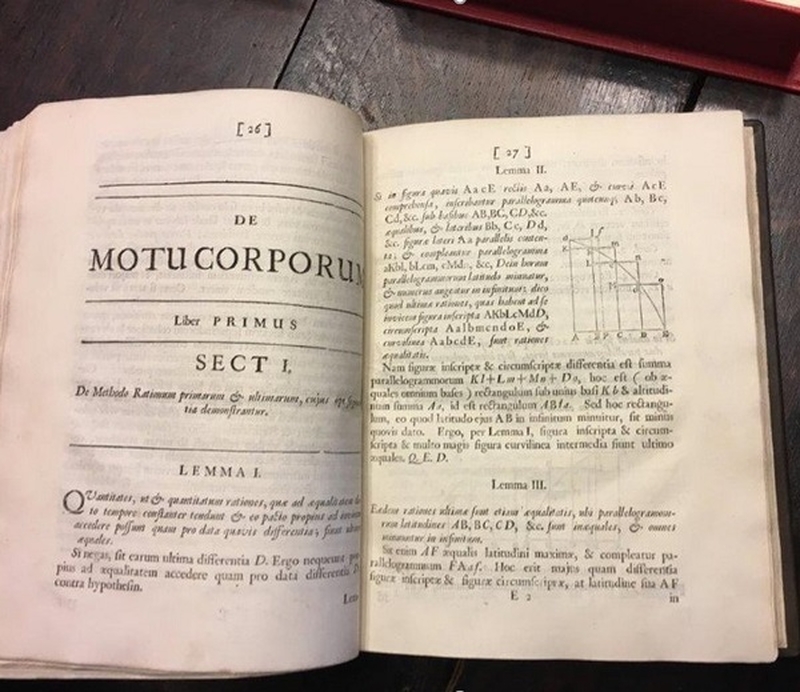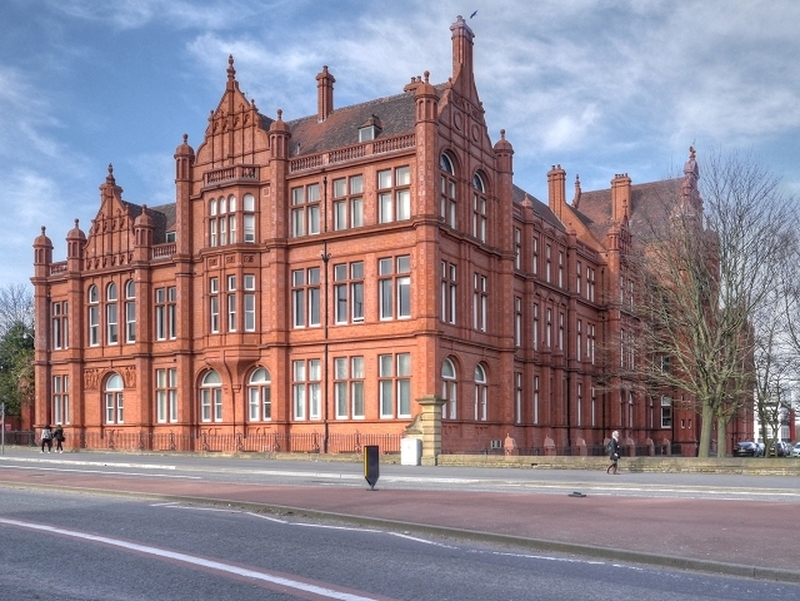Jonathan Schofield on the real problem and the big majority for keeping the names
The University of Salford has a couple of buildings with titles Uni bosses thought might be of problematical virtue. This followed the Colston statue toppling in Bristol, the Black Lives Matter demonstrations in 2020 and the continuing debate over "decolonisation". The buildings were those named after Sir Robert Peel (1788-1850) and Sir Isaac Newton (1643-1727).
It turns out what's in a name is not nearly so meaningful as what actually gets done
A consultation was opened in early February 2021 on whether slavery links, no matter how slight, with these immense British figures in politics and science required the re-naming of the buildings. The question was whether the names of the men "remained appropriate" no matter how "signficant their contribution to society".
As the report says: "An invitation to complete an online survey was sent out to all University of Salford staff and students, all alumni with a current email address and a broad range of civic stakeholders with whom the University has regular contact. There were also two staff forums that allowed for open ended discussion."
Now, several months later than first advertised, a report has been released with the results.

The resulting report, published today, states: "Over 400 survey responses were received, with 82% of respondents feeling that the building names for Peel and Newton remain appropriate. 58% of respondents provided a range of different comments, largely focusing on the importance of celebrating diversity more in the future naming of buildings and spaces and the need to find an appropriate way of recognising the history surrounding the names Peel and Newton that could be installed in the buildings."
82% is a large majority. Maybe this indicates that talking through thorny historical associations rather than leaping to snap judgements on name-changing and statue removal leads to a more considered and thoughtful approach and outcome. This complicated process in that case may have some value.
The uninformed outcry over Sir Robert Peel, and the manifold use of his name in statues, buildings and, not least, in the park within which much of the University of Salford lies, was a case in point. The problem was the outcry was over the wrong Sir Robert Peel, as our "statues article" here underlined.

At least, during the 2020 furore, the Peel Building had attracted some complaints. The University of Salford had not received any complaints about the Newton building being named after Sir Isaac Newton. Yet with the decision to hold a consultation about it, they seemed to introduce a point of tension where there was none previously. Puzzling. Maybe they were trying to head complaints off at the pass?

That aside, in the full Building Naming Review there is a particularly telling paragraph.
"The feedback from the Black Asian Minority Ethnic (BAME) staff forum was that renaming these buildings simply isn’t the biggest priority and that whilst explaining the context of the namings and celebrating diversity would be welcome, the wider work on the Race Equality Charter on tackling systemic racism, through addressing things such as the BAME attainment gap, is more important."
The bigger picture stuff of combating racism directly and attempting to improve the situation today and for future generations is surely more pressing than the cosmetic option of re-naming buildings. This is certainly the case for the University of Salford. The patchy performance of the university, with regard to diversity and inclusion, even warrants mention on its Wikipedia entry.
The fact there were only 400 responses to this consultation when the University of Salford has over 20,000 undergraduates and postgraduates, let alone alumni, plus all those stakeholders referred to by the university, is again telling.
This was a consultation done for no doubt the best motives, but again it shows that while a few people can make a lot of noise that turn the heads of big institutions and big corporations, it turns out that what's in a name is not nearly so meaningful as what they actually get done.
The recommendations from the Building Naming Policy review by the University of Salford.
Using the outcomes of the survey and the broader work undertaken, the following recommendations went to University Council in July and the Vice-Chancellor’s Executive Team in August. These have now been agreed and a new Building Naming Policy has been approved.
- That the names Peel and Newton are considered to remain appropriate for University buildings, given the significant contribution they made to society and that their links to slavery are limited but do need to be addressed as part of the context of society at the time the individuals were alive.
- That we undertake work to celebrate diversity, address the historical context and mark the contribution the individual made by offering a number of paid commissions for students and alumni, working with the Art Collection team, to create works that can form part of the University Collection and be displayed in the Peel Building. This will be a meaningful, creative and engaging way of providing the installation in the Peel Building, and the works would become part of the University’s legacy in our Collection.
- That changes to the Building Naming Policy be made to include a provision for future naming reviews based on the process followed on this occasion, so a precedent be set should future reviews be required.
- Along with the changes in recommendation three, a further amendment to the policy to ensure that a robust mechanism is in place for ensuring strong candidates for future naming that reflect the diversity of the University community and result in a meaningful increase in spaces and buildings named after people from a diverse range of backgrounds.
- A refreshed Equality Impact Assessment for the Building Naming Policy and Ethical Gift Acceptance Policy be approved.
- That in order to ensure this work reflects the broader priorities of the University community and ensure that it is delivered as part of a joined-up programme of activity to address inclusion and diversity matters, the actions contained in these recommendations form part of the Race Equality Charter action plan.
Vice-Chancellor, Professor Helen Marshall, commented: "My thanks go to everyone who took the time to engage with this consultation. It is important to me that as a University community we are openly discussing and sharing our views on matters such as this, and that we take the time to ensure that all voices are heard and that we reflect on different views and act accordingly. The changes to the Building Naming Policy will provide the framework for our naming process going forward and will be put into action soon as we start to look at how our new Science, Engineering and Environment building, at the heart of our Peel Park campus, will be named. More details about this will be shared with stakeholders in the coming weeks."
















